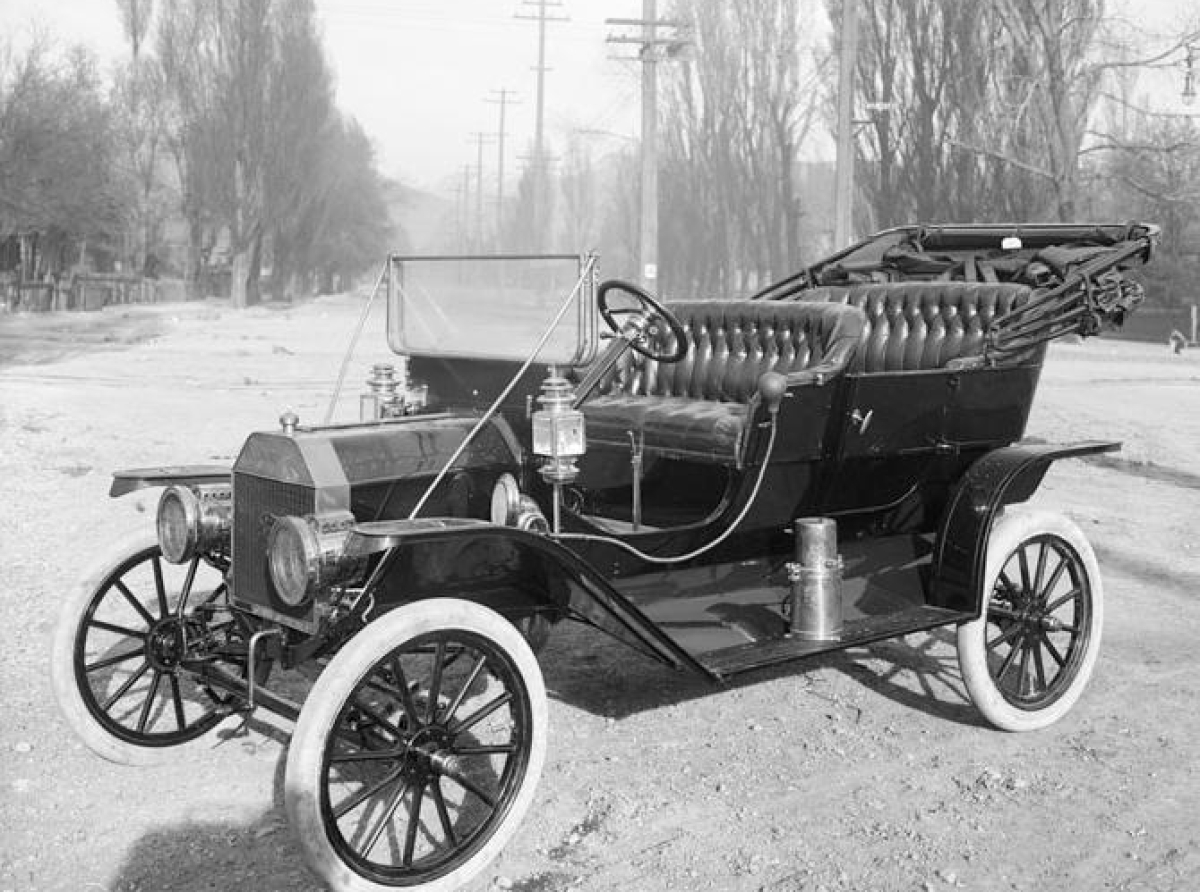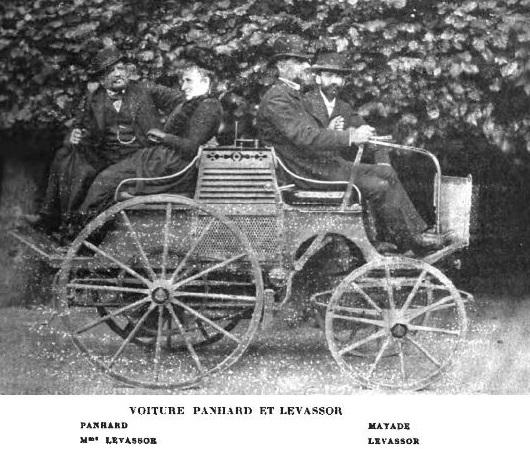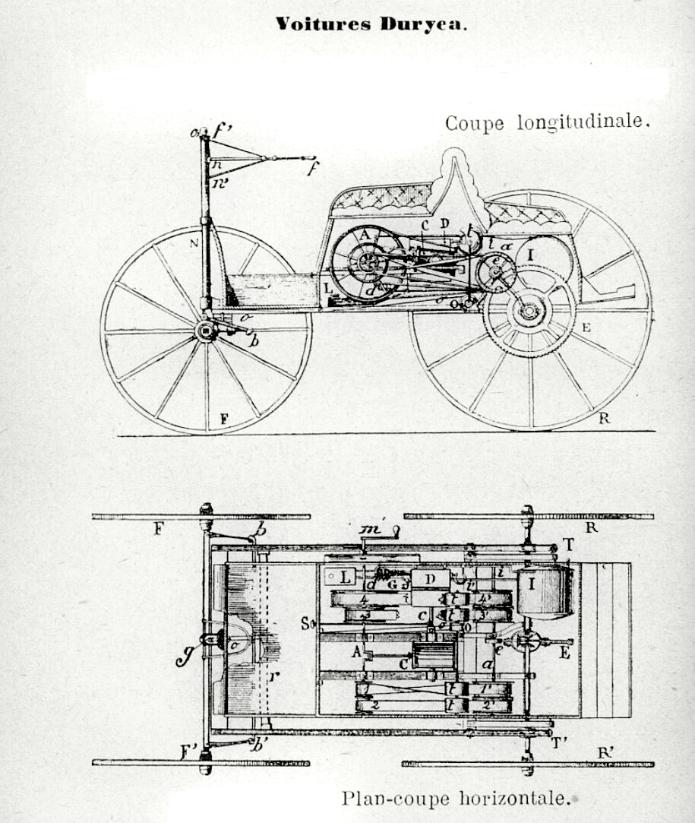Mechanics
Built for 800,000 Miles: Inside Helderburg’s Extreme Defender Reconstruction
1890–1914, the Birth of the Automobile as an Industrial Product

The period between 1890 and the beginning of the First World War laid the technical, logistical, and economic foundations of the modern automobile industry. The world at that time was in a state of effervescence. Production was shifting from artisanal and small-scale to industrial and standardized. It was also a period of intense technological innovation. People experimented and invented. The automobile would quite literally lay the groundwork for modern society, bringing about infrastructures adapted to individual mobility and new cultural trends such as mass consumption.
Following the creation of the Benz Patent-Motorwagen in 1886 by Carl Benz—considered the first combustion-powered car—the path was now open for the development of an entirely new industry. Here, in chronological order, is a portrait of the automotive pioneers who helped shape the world as we know it today.
1891, Panhard & Levassor, France
The French company Panhard & Levassor introduced fundamental innovations that would become industry standards, such as the front-engine and rear-wheel drive configuration. From their earliest models, Panhard & Levassor focused on reliability and performance, which propelled France to the forefront of this nascent industry.
1893–1894: Duryea Motor Wagon Company (United States)
Founded in 1893 by brothers Charles and Frank Duryea, they achieved the milestone of successfully producing and marketing the first American automobile in 1894. The company operated until 1900. Charles ceased car production in 1917, while his brother Frank continued until 1927 with the Steven-Duryea Model G.
1897: Oldsmobile (United States)
The founding of Oldsmobile in 1897 by Ransom Eli Olds marked a key step in the gradual democratization of the automobile in the United States. His forward-looking vision was to make cars available to everyone, with robust and reliable designs, while simplifying production methods. The Oldsmobile Curved Dash, launched in 1901, holds the distinction of being the first mass-produced vehicle in the United States. The car met with immediate success and planted the seed of an important idea: the car could become a product accessible to the general public.

1902: Cadillac (United States)
Henry Leland founded Cadillac in 1902 and quickly established it as a leader in technological innovation and superior quality. His brand was the first to introduce interchangeable parts to facilitate maintenance. From the start, Cadillac became the benchmark for excellence and innovation.
1908: Ford Model T (United States)
In 1908, Henry Ford introduced his Model T. Rugged, easy to drive, and affordable, the car was aimed directly at America’s middle class. However, the real revolution came in 1913 when Ford implemented the moving assembly line at its Detroit factories. This unprecedented and revolutionary system drastically reduced production time and increased volume, which in turn dramatically lowered production costs and made affordable, quality cars accessible to a majority of Americans.
Conclusion
By 1913, Ford had laid the groundwork for what we now call the democratization of the automobile. The car had become an everyday object that influenced the society of the time—and continues to influence us today—whether in terms of urban development and mobility, or the economy and culture.
Just over a hundred years later, one might hope we are on the verge of another revolution that will help redefine the world as we know it. Unfortunately, despite technological advances and a heightened awareness of the climate issues we face, no such revolution appears on the horizon. It is as though Ford’s moving assembly line—the very one that contributed to the democratization of consumer goods and the empowerment of the people—was in fact a trap, a sort of “Escape Room” for which there is no key.


L'Automobile Magazine
News
Business Directory



 En
En  Fr
Fr 


